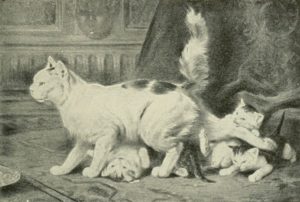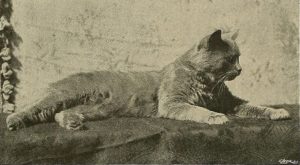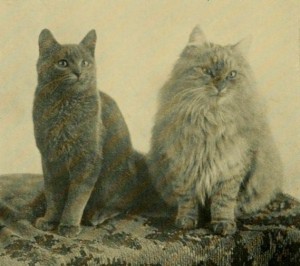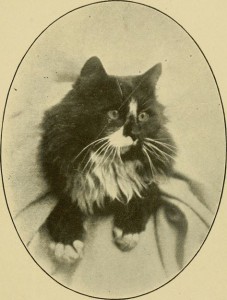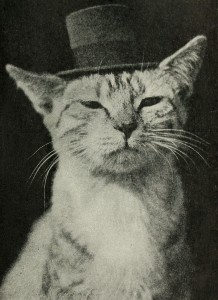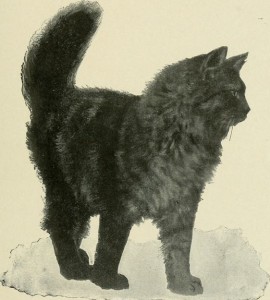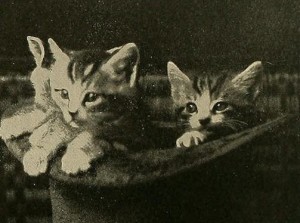![From Mammals of other lands / Charles J. Cornish [and others], editors (1917)](http://critlib.org/wp-content/uploads/2016/05/58-orangetabby-300x269.jpg)
Moderated by @AcornElectric
Storify (pdf, html) by @ArchivistAriel
This chat will help us define visual literacy within our contexts and look at the ways critical librarianship can address the unique way visual information can impact and influence critical perspectives on the culture we live in. From signage in the library to image use and creation in academia visual information wields significant power in our spaces. We’ll discuss how we teach ourselves how to identify critical issues in visual culture, how we raise awareness of these issues, and how we teach visual literacy alongside information literacy.
If you’re unfamiliar with visual literacy feel free to check out the ACRL visual literacy standards and the Hattwig et al. article below about the standards.
Suggested readings:
- Henrich, K. (2014, May 27). Visual Literacy for Librarians: Learning Skills and Promoting Best Practices.
- “ACRL Visual Literacy Competency Standards for Higher Education”, American Library Association, October 27, 2011.
- Hattwig, D., Bussert, K., Medaille, A., & Burgess, J. (2013). Visual Literacy Standards in Higher Education: New Opportunities for Libraries and Student Learning. Portal: Libraries and the Academy, 13(1), 61–89.
Discussion questions:
- Q1. How do you define visual literacy and how does visual lit impact and influence our library spaces, intellectually/physically? #critlib
- Q2. What are some critical issues related to visual info and how can #critlib raise awareness of these issues? #critlib
- Q3. How have you learned of critical issues w/in visual culture/how do you share visual lit-related skills/concepts with colleagues? #critlib
- Q4. How do you teach or address specific visual literacy concepts/issues within your community and library? #critlib (For example, critiquing persuasive or manipulative strategies in image production, meaning, message, cultural and historical factors relevant to production of image.)
For further exploration:
- How Do You Look: Promoting Visual Literacy at Duke University and Beyond. From the Nasher Museum of Art at Duke University in cooperation with Duke Libraries.
- The Visual Literacy Toobox: Learning to Read Images. From the College of Arts & Humanities, University of Maryland College Park.
- Visual Literacy LibGuide. From the Boston University Libraries.
